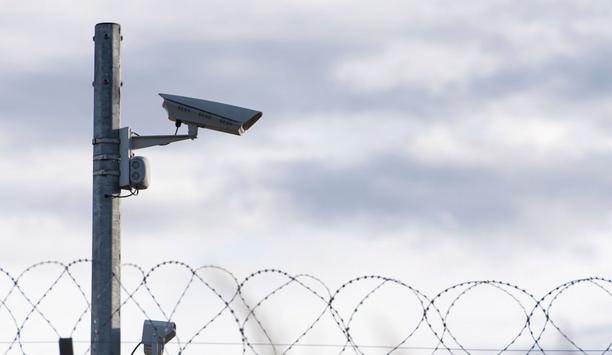 |
| Aperio will integrate with MAXXESS's eAXxess and Efusion Event Management Software packages |
ASSA ABLOY, the global leader in door opening solutions, and MAXXESS Systems, a long-time leader in traditional access control, announce the integration of MAXXESS Systems with ASSA ABLOY'S range of Aperio™ wireless locks in the United States. Specifically, Aperio will integrate with MAXXESS's eAXxess™ and Efusion Event Management Software packages.
eAXxess is a powerful security management software package that provides multitasking support and flexibility. The open architecture enables users to build a security management system or to integrate with existing card readers and alarm monitoring devices. eFusion provides a powerful set of security system integration solutions that provide total flexibility and control over a user's security infrastructure, while reducing operating costs. eFusion's 12 distinct applications can collect, transmit, store and process information from just about any object, from security sensors to other security systems to facility management applications.
Aperio will also integrate with MAXXESS's eMAX intelligent controllers. The eMAX family of controllers provides enterprise-level capabilities with on-board "native" network features. Powerful and scalable, the eMAX platforms offer a flexible, building-block approach to system design and configuration. MAXXESS Systems will be supporting Mercury Powered Aperio products, making integration into Mercury-based access control systems seamless.
Aperio is a wireless technology from ASSA ABLOY that provides an easy, affordable way to connect additional openings to an existing electronic access control system. Offering wireless communication (IEEE 802.15.4), the simplicity and flexibility of Aperio allow lower-cost installations than traditional access control with less complexity than other wireless options in the market. With over 40 access control partners that have already adopted the technology globally, facilities can easily extend the number of doors that can be monitored with their currently installed panels and systems.
"The range of Aperio wireless locks gives MAXXESS customers the ability to add electronic access control to a large volume of openings where they might not have been able to previously," said Nancy Islas, president of MAXXESS Systems. "Aperio eliminates the cost and complexity of traditional access control and also supports a much broader range of openings than most solutions available today."
"MAXXESS shares our vision of providing access control solutions designed to adapt to today's changing security requirements," said Martin Huddart, V.P. of Electronic Technologies, ASSA ABLOY Americas. "This integration offers customers a robust access control system that truly addresses all of their needs, including a cost-effective solution for extending access control deeper into their facility."

















